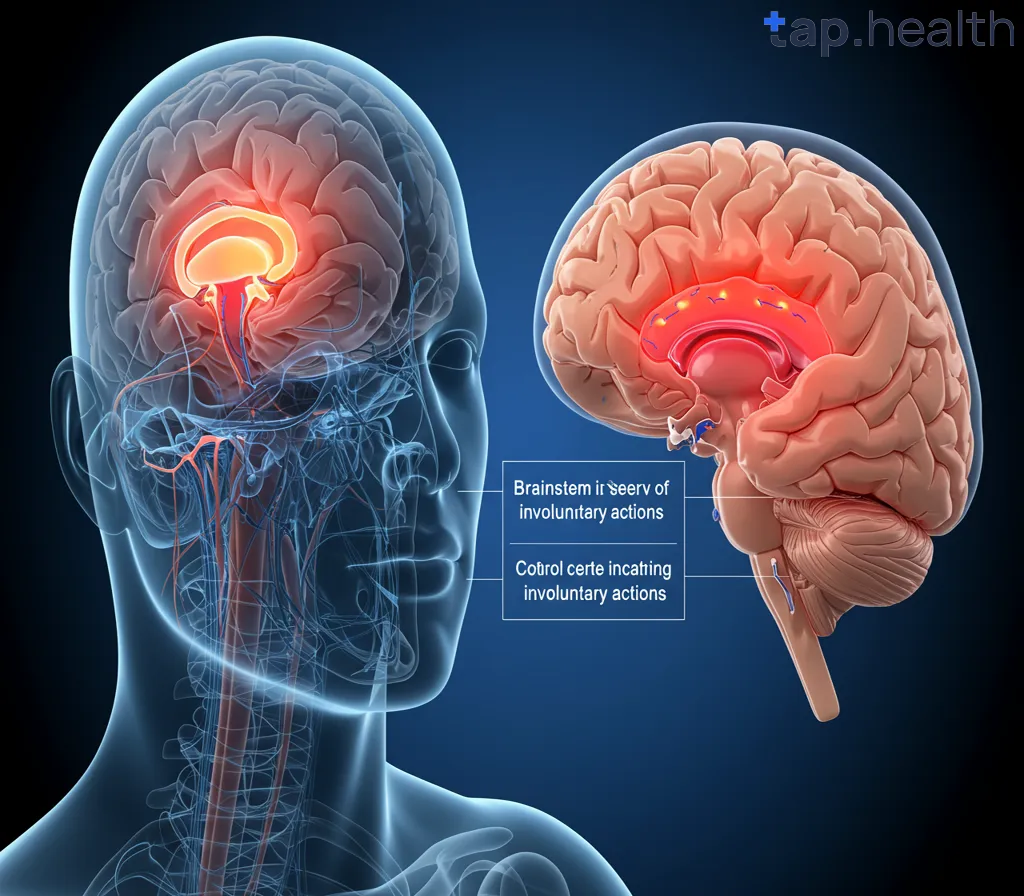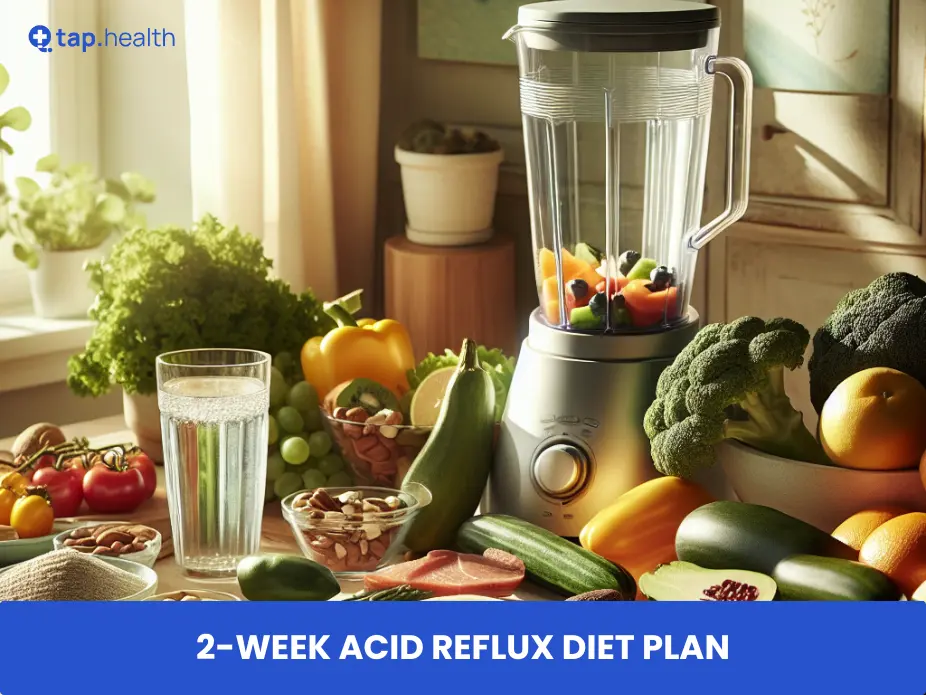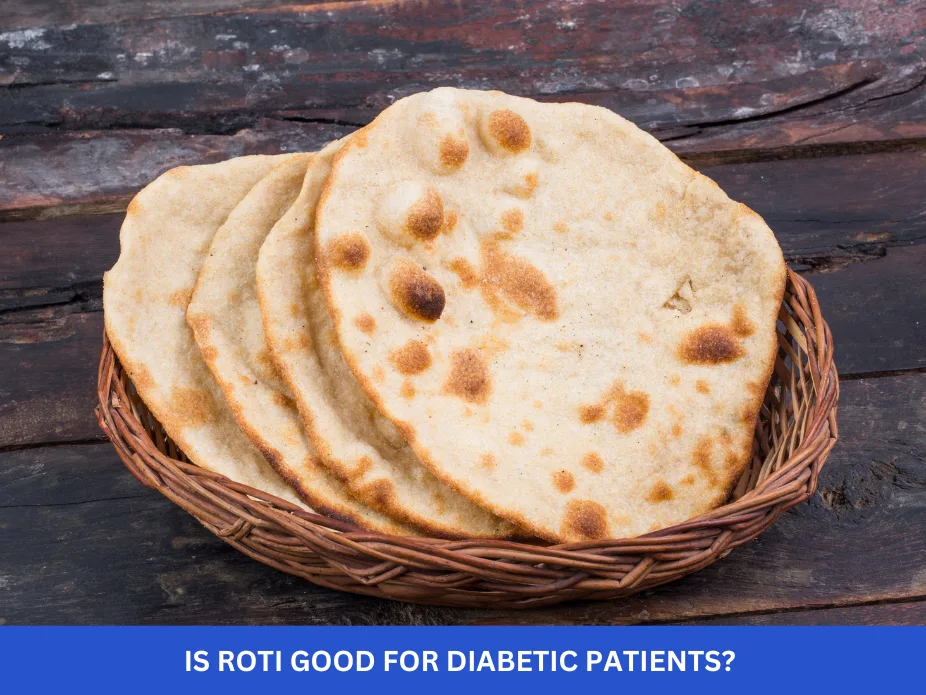The human brain is a marvel of complexity and precision. It not only controls voluntary movements, like walking or writing, but also involuntary actions that happen automatically, such as breathing, heartbeat, and reflexes. These involuntary actions are vital for survival and occur without conscious thought. But have you ever wondered, “Which part of the brain controls involuntary actions?”
In this article, we’ll break down the role of the brain in controlling involuntary actions, the specific areas responsible for these functions, and how these processes are essential for maintaining life and homeostasis. By the end, you’ll have a thorough understanding of the mechanisms behind these automatic processes.
What Are Involuntary Actions?
Involuntary actions are processes that occur automatically without conscious control or effort. These actions are vital for maintaining homeostasis (the body’s internal balance) and survival. Examples of involuntary actions include:
- Breathing
- Heartbeat and blood circulation
- Digestion
- Reflexes
- Pupillary response (eye reaction to light)
Unlike voluntary actions, which are consciously controlled by the brain’s higher regions, involuntary actions are controlled by structures deep within the brain and nervous system that operate automatically.
Which Part of the Brain Controls Involuntary Actions?
The brain has specific regions that manage involuntary actions, ensuring that these processes happen automatically and efficiently. The primary area of the brain responsible for controlling most involuntary actions is the brainstem. However, other brain areas like the hypothalamus, cerebellum, and medulla oblongata also play significant roles in regulating specific functions.
1. The Brainstem: The Master Controller
The brainstem is the key region responsible for controlling many of the body’s involuntary functions. It is the oldest part of the brain from an evolutionary standpoint, and its functions are essential for life.
The brainstem consists of three major parts:
- Midbrain
- Pons
- Medulla Oblongata
Each of these parts has distinct roles in managing involuntary functions.
Medulla Oblongata
The medulla oblongata is the most important part of the brainstem in controlling involuntary actions. It regulates life-sustaining functions such as:
- Heartbeat – The medulla controls the heart rate by sending signals to the heart to speed up or slow down.
- Breathing – It regulates the rate and depth of breathing by controlling the muscles involved in respiration.
- Blood pressure – The medulla is responsible for regulating blood vessel constriction and dilation, which helps maintain blood pressure.
- Reflexes – It controls various reflexes like coughing, sneezing, swallowing, and vomiting.
Pons
The pons is another key structure within the brainstem. While it plays a crucial role in controlling respiration, its primary function is coordinating communication between different parts of the brain. The pons also helps regulate sleep and arousal, though it has less direct control over vital involuntary actions than the medulla oblongata.
Midbrain
The midbrain is involved in functions such as vision, hearing, motor control, and regulating the sleep-wake cycle. Although it doesn’t directly control vital functions like the medulla oblongata, the midbrain is essential in regulating reflexes such as the pupillary light reflex, which controls the dilation and constriction of the pupils in response to light.
2. The Hypothalamus: The Body’s Regulator
Located just above the brainstem, the hypothalamus is a small but powerful region that plays a critical role in controlling many autonomic processes related to involuntary actions.
- Temperature regulation – The hypothalamus helps control body temperature by activating mechanisms like sweating or shivering.
- Thirst and hunger – It monitors the body’s energy and hydration levels and triggers feelings of hunger or thirst when necessary.
- Endocrine system regulation – The hypothalamus also controls the release of hormones from the pituitary gland, which regulates processes like growth, metabolism, and reproduction.
3. The Cerebellum: Fine-tuning Motor Control
While the cerebellum is primarily known for coordinating voluntary movement and balance, it also plays a crucial role in certain involuntary actions. The cerebellum helps fine-tune involuntary motor functions, including:
- Posture – The cerebellum helps maintain balance and posture automatically.
- Coordination of smooth, involuntary movements – It assists with fine-tuning the coordination of muscle movements that occur without conscious effort, like walking or even breathing at the correct rhythm.
4. The Autonomic Nervous System (ANS): Communication Pathways
The autonomic nervous system (ANS) is responsible for managing the involuntary actions of organs and tissues. It consists of two branches:
- Sympathetic Nervous System – This is the “fight or flight” system. It prepares the body for stressful situations by increasing heart rate, dilating pupils, and inhibiting digestion.
- Parasympathetic Nervous System – This is the “rest and digest” system, which counteracts the sympathetic nervous system by slowing down the heart rate, reducing blood pressure, and stimulating digestion.
These systems work together to maintain homeostasis and regulate involuntary functions throughout the body.
The Importance of Involuntary Actions in Everyday Life
Involuntary actions are essential for maintaining life and supporting all bodily functions. Without them, we would be unable to perform basic tasks required for survival. Here’s why involuntary actions are so critical:
1. Heartbeat and Circulation
The heart beats continuously without us needing to think about it. It pumps blood throughout the body, delivering oxygen and nutrients to organs and tissues, and removing waste products. This function is controlled by the brainstem, particularly the medulla oblongata.
2. Breathing
Breathing is another automatic action controlled by the brainstem. This action happens without us having to think about it. The brain constantly monitors blood oxygen levels, adjusting the rate of breathing to ensure that the body gets the oxygen it needs.
3. Digestion
The autonomic nervous system controls the muscles of the gastrointestinal tract, ensuring food moves through the system. The digestion process begins as soon as food enters the mouth and continues through the stomach and intestines, happening automatically without conscious control.
4. Reflex Actions
Reflexes, such as touching something hot and immediately pulling away, are quick, involuntary responses controlled by the spinal cord and brainstem. Reflexes help protect the body from harm and are essential for survival.
How the Brain Coordinates Involuntary and Voluntary Actions
Although involuntary actions happen automatically, the brain also coordinates them with voluntary actions. For instance, when we breathe, we can do so involuntarily (without thinking) or voluntarily (by consciously controlling our breath). The brainstem handles involuntary breathing, but the cerebral cortex can override this to control breathing when needed (like during speech or singing).
The Role of the Cerebral Cortex
The cerebral cortex, which is involved in higher cognitive functions like thinking, decision-making, and voluntary muscle control, can influence involuntary actions in some cases. For example, the cortex can control breathing during exercise or relaxation, demonstrating the interconnectedness of voluntary and involuntary systems.
Common Disorders Affecting Involuntary Actions
Several neurological conditions can disrupt the control of involuntary actions. These disorders can impair automatic functions and affect overall health. Some of these conditions include:
- Parkinson’s Disease – A degenerative disorder of the central nervous system that affects movement and can interfere with involuntary actions like blinking and swallowing.
- Multiple Sclerosis (MS) – An autoimmune disease that attacks the central nervous system, impairing involuntary functions like breathing and heartbeat.
- Brainstem Stroke – A stroke in the brainstem can affect vital functions like breathing and heart rate, leading to life-threatening complications.
FAQs on Which Part of the Brain Controls Involuntary Actions?
1. Which part of the brain controls involuntary muscle movements?
The brainstem is primarily responsible for controlling involuntary muscle movements, including those involved in vital functions like heart rate, breathing, and digestion. The cerebellum also plays a role in coordinating smooth, involuntary movements.
2. Can the brain control involuntary actions consciously?
While most involuntary actions occur automatically, the brain can sometimes override or control them consciously. For example, we can hold our breath or control the pace of our breathing. However, many involuntary actions like heartbeat and digestion are strictly controlled by the brainstem without conscious input.
3. Why do involuntary actions happen automatically?
Involuntary actions happen automatically to maintain essential bodily functions without requiring conscious effort. This allows the body to function efficiently and perform necessary tasks like breathing, circulation, and digestion, without requiring constant attention.
4. What happens if the brainstem is damaged?
Damage to the brainstem can be life-threatening because it controls vital functions like breathing and heartbeat. Conditions such as brainstem stroke can impair these functions, requiring immediate medical attention.



